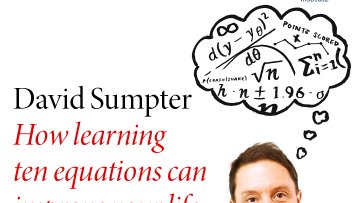Computational Hardness of Hypothesis Testing and Quiet Plantings
Abstract
When faced with a data analysis, learning, or statistical inference problem, the amount and quality of data available fundamentally determines whether such tasks can be performed with certain levels of accuracy. With the growing size of datasets however, it is crucial not only that the underlying statistical task is possible, but also that is doable by means of efficient algorithms. In this talk we will discuss methods aiming to establish limits of when statistical tasks are possible with computationally efficient methods or when there is a fundamental «Statistical-to-Computational gap›› in which an inference task is statistically possible but inherently computationally hard. We will focus on Hypothesis Testing and the ``Low Degree Method'' and also address hardness of certification via ``quiet plantings''. Guiding examples will include Sparse PCA, bounds on the Sherrington Kirkpatrick Hamiltonian, and lower bounds on Chromatic Numbers of random graphs.


